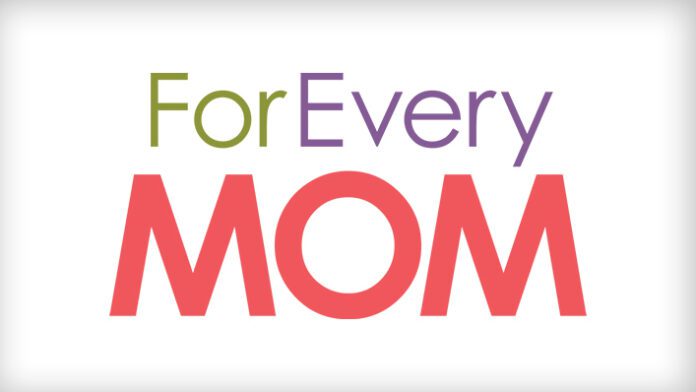Many Americans are grappling with debt right now, whether that means student loans or credit card bills. But despite being a normal part of life, debt can quickly spiral out of control if left unaddressed. And the last thing you want to do as a mother is to leave behind a huge debt for your relatives to pay off should the worst happen.
Before that happens, it’s important to educate yourself about debt and what it entails.
Here are 5 things moms should know about debt.
Debt isn’t always bad
Sometimes, debt can actually pave the way to financial freedom, provided you can pay on time, so interest doesn’t build up. Case in point: business loans. The Balance notes that overhead costs like new equipment and employee salaries tend to be too steep for small business owners to pay in full upfront.
By borrowing money, entrepreneurs get a shot at taking off without worrying too much about the initial capital. Once their revenue has stabilized, they can eventually pay down the business loan bit by bit. If you’re starting a home business or startup and you’re confident that you can profit from a loan and pay the principal back properly, remember that debt isn’t necessarily something to shy away from. Many moms have started their own businesses with great success after taking out a loan.
Not all debts are equal
Payment schemes and interest rates will vary depending on whom you borrow from and what type of loan you take out. A guide to personal loans by Marcus outlines how these types of loans are straightforward, versatile, and can be used for different purposes like debt consolidation, home improvement, and other big-ticket purchases. You’ll need to have a good credit score before you can borrow, however.


